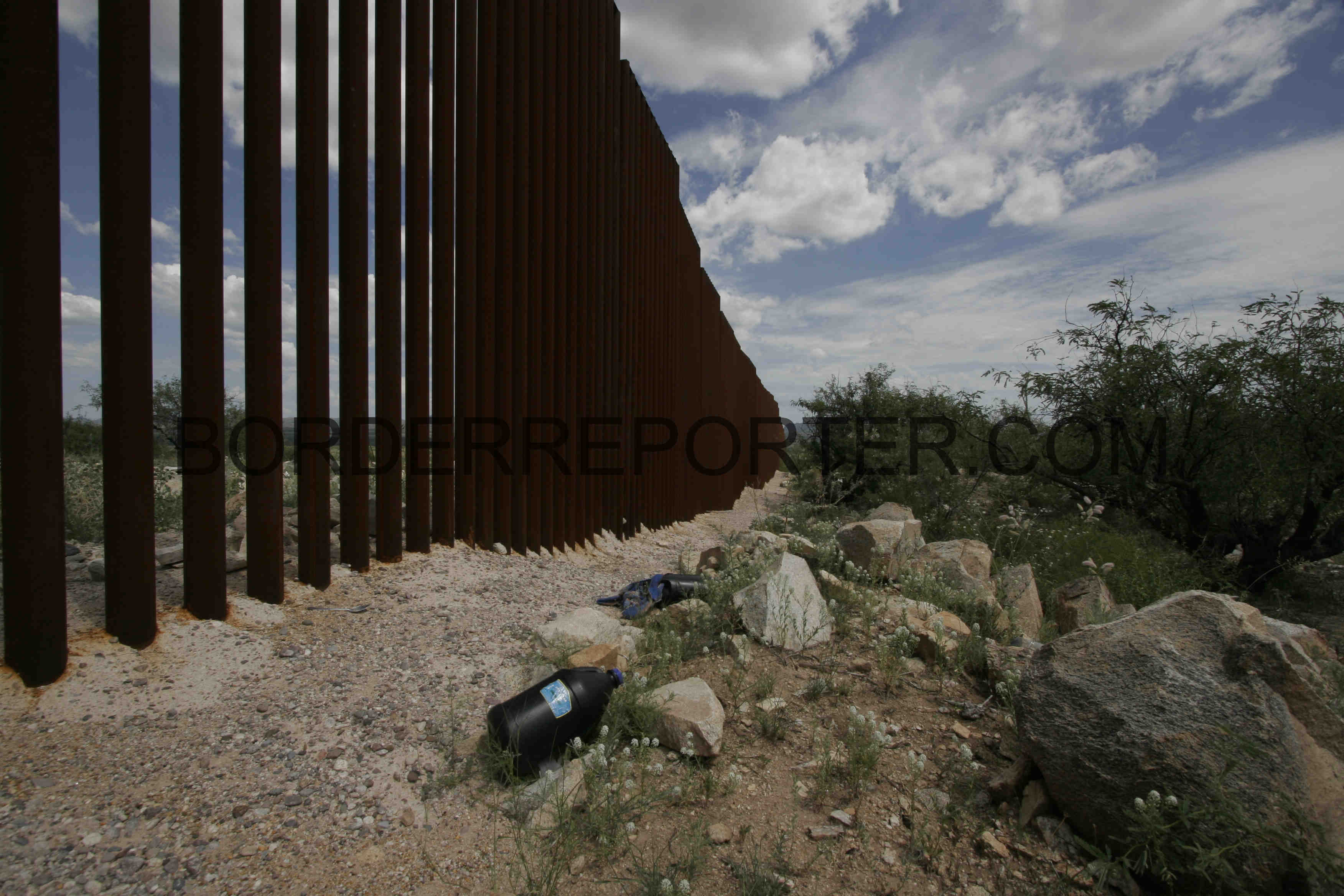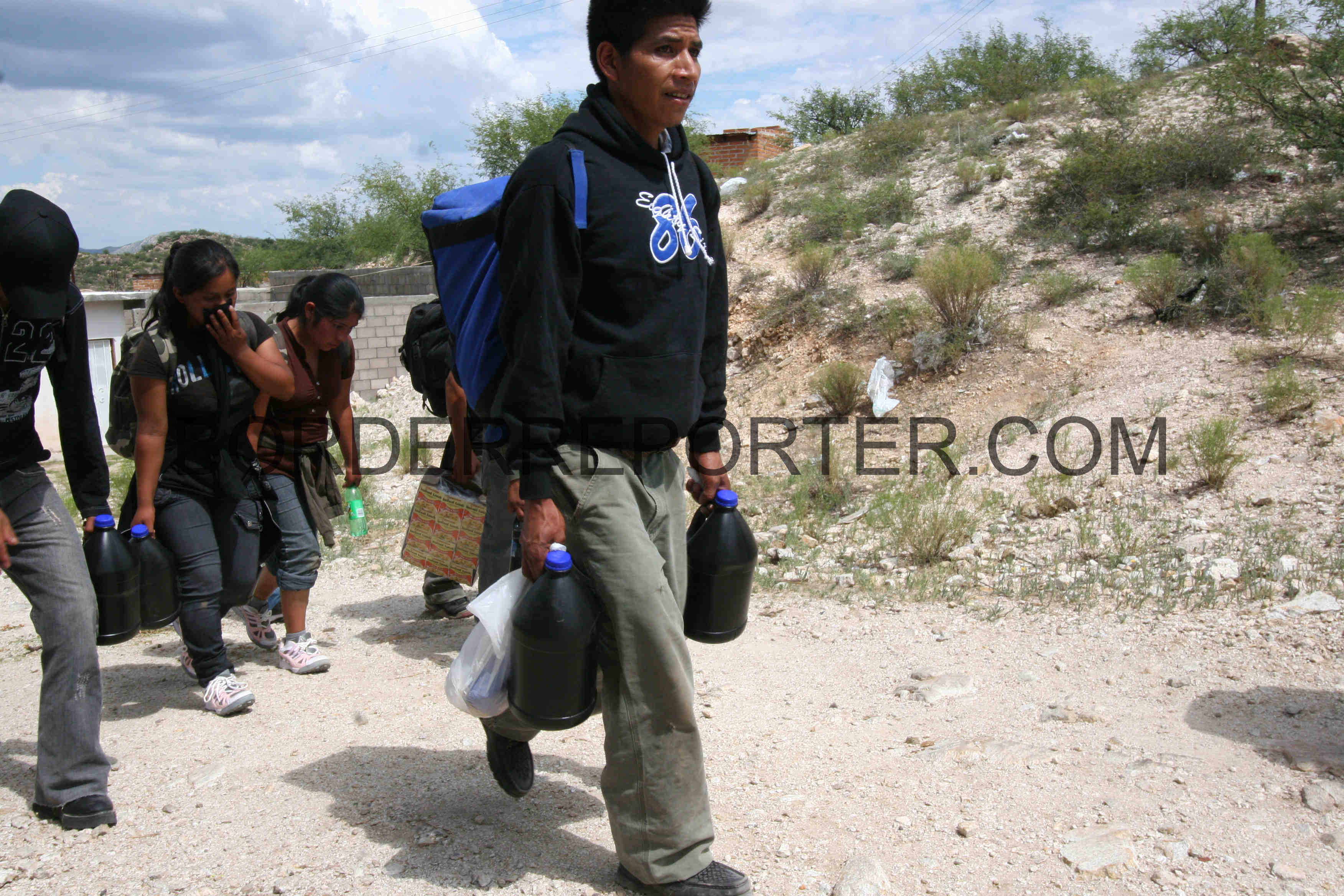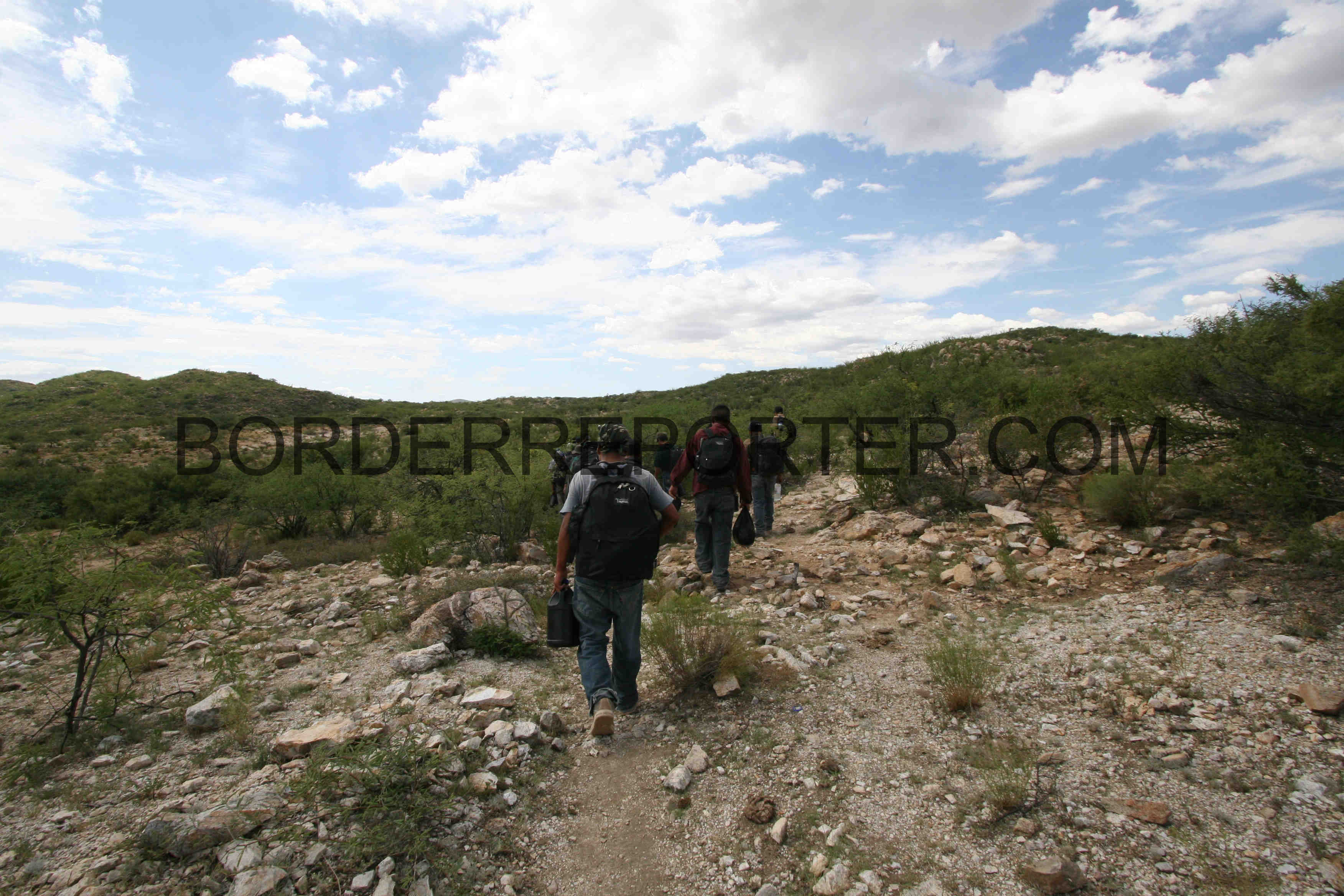THE BORDER REPORT
When I used to write about illegal migrant deaths on a daily basis, there was a macabre joke that nobody cared about the people who actually died, merely the number. It was meant as black humor but it carried a certain truth: You could have 200 migrants dying in the desert but the only one who garnered notoriety was the record-breaker; if you had 200 this year and 200 last, the one who got the public's attention was the 201st.
That's a little bit how I feel about these 72 migrants found murdered in a mass grave in Matamoros, in late August. Suddenly, Mexico and the United States perked up. Now Ecuador and Honduras are equally excited. Let's keep in mind that consistently, over the past ten years, an average of 200 people die every year trying to cross through the Arizona desert. The Pima County Medical Examiner told the
Arizona Daily Star that it has processed 1,669 deaths since 2001. Keeping track by fiscal year instead of calendar, the ngo, Derechos Humanos,
tracks 2,065 since 2001, its members tell the Tucson Weekly.
Working in Sasabe with a broadcast crew from Spain last week, we ran into a group of 20 Guatemalans heading west along the border line. It was 103º out, early afternoon and they were standing in the shade of an orange building, waiting for the smuggler to give the signal. Vague with their answers of their destination, some said they had the idea of working in the U.S., saving up some money, a narrative that's common, and yet profound when you consider how many migrants share it. They started off with excitement, a few of them smiling, moving quickly, all young.

Their smuggler was walking them seven miles along the Mexican side of the border to where the Homeland Security Department's fences stopped, replaced by easily breached vehicle barrier. The problem was, some of these people were clearly not going to make it. A mile in and some were already faltering, falling back, a little bit at first, then more, the gap widening.

This woman in brown below was particularly a concern. How far is she going to make it? They've got a day's walk on the Mexican side, energy already depleted, heat, relentless, then a few hours waiting for a Border Patrol agent to clear from an area, then a walk to some Tohono O'odham Indian Reservation pueblo, at least another day's hike to there, then either one more day to Tucson or three to Phoenix, moving at 25-30 miles per day.

Where's the outrage here? Anyone?
Honduras
is going after Ecuador for revealing there was a second survivor in that 72 or 76 person massacre in Matamoros. "We regret the president of Ecuador gave out this information irresponsibly, and didn't take into account the risk to the Honduran's life," complained Honduran Foreign Minister Mario Canahuati.
Excuse me, but the Honduran's life was placed in jeopardy long before he ran into whomever pulled the trigger just south of the border.
In the case of the 72 dead, the Mexican government was quick to blame the Zetas based on the account of the first survivor. I remain skeptical. These days, every disorganized thug who seeks affiliation calls himself a Z and it seems unlikely that a real Zeta would identify himself as such (what the hell did they say: "Hi, we're Zetas and we want you to work for us?" Yeah, no.) Blaming the narcos-non-grata of Mexico is also a convenient way to dismiss the likely involvement of authorities working with whomever pulled the trigger.
So Honduras blames Ecuador. The New York Times
blames the Americans. Mexico blames the Zetas. The Americans blame organized crime in general, all for 72 people who only garnered national attention because they happened to die together.
The message is clear. This is not acceptable:

And yet, this is:

It'd be funny if it wasn't so sad.







